Amos Humiston
ca. 1862-1863 albumen print on card mount by Frederick Gutekunst (September 25, 1831-April 27, 1917), Philadelphia, Pennsylvania
Library of Congress, Liljenquist Family Collection of Civil War Photographs: No known restrictions on publication, via Library of Congress Prints & Photographs Online Catalog (PPOC) @ https://www.loc.gov/resource/ppmsca.70271/
"Children of the Battle Field"
albumen photographic print copy of ferrotype, or tintype, portrait, by Wenderoth, Taylor & Brown of Philadelphia, that was found postmortem in Amos Humiston's hands
Library of Congress Prints and Photographs Division, Liljenquist Family Collection of Civil War Photographs: No known restrictions on publication, via Library of Congress Prints & Photographs Online Catalog (PPOC) @ https://www.loc.gov/pictures/item/2012650047/
"Children of the Battle Field"
albumen photographic print copy of ferrotype, or tintype, portrait, by Wenderoth, Taylor & Brown, 912-914 Chestnut Street, Philadelphia
Media campaign by J. (John) Francis Bourns (May 17, 1814-December 20, 1899) led to Amos Humiston's identification.: No known restrictions on publication, via Library of Congress Prints & Photographs Online Catalog (PPOC) @ https://www.loc.gov/pictures/item/2012650047/
Orphans' Homestead eight months after Philinda and her three children moved in
June 21, 1867, photo by Charles J. Tyson (September 5, 1838-December 2, 1906) of Tyson Brothers Photography Studio, Gettysburg
No known restrictions on publication, via Library of Congress Prints & Photographs Online Catalog (PPOC) @ https://www.loc.gov/pictures/item/2013649088/
Mid-19th century building dating from Philinda's stay in Becket
built in Greek Revival style in 1855 as schoolhouse for North Becket, historic village in town of Becket
The Becket Arts Center, located in North Becket, intersection of Main St (Rte. 8) & Booker Hill Rd, Becket, MA: ToddC4176, CC BY SA 3.0, via Wikimedia Commons @ https://commons.wikimedia.org/wiki/File:Becket_Arts_Center.jpg
view of Mount Monadnock: one of the most frequently climbed mountains in the world; scaled fondly by Ralph Waldo Emerson (May 25, 1803 – April 27, 1882) and Henry David Thoreau (July 12, 1817 – May 6, 1862)
Amos Humiston's oldest son, Franklin, practiced medicine for 25 years in Jaffrey, New Hampshire, in Monadnock's foothills.
"Monadnock Orchard": oil painting by Richard Whitney (born 1946): Richard Whitney, CC BY SA 3.0, via Wikimedia Commons @ https://commons.wikimedia.org/wiki/File:Monadorch.jpg
Amos Humiston's only daughter, Alice, found her final resting place in view of a majestic range, the San Gabriel Mountains, on the west coast.
Across the North American continent, on the east coast, Philinda and Alice's two brothers also were laid to rest with a mountain view, in the foothills of the Monadnock.
Glendale and the San Gabriel Mountains: Mitch Barrie (simonov), CC BY SA 2.0, via Flickr @ https://www.flickr.com/photos/simonov/13196843863
Cathedral of the Pines: located about 4 miles (6 kilometers) south of the trio of gravesites for Philinda and her two sons in Conant Cemetery
Cathedral of the Pines expresses another family's loss through sacrifice for country; built as a memorial for Sanderson "Sandy" Sloane, shot down over Germany in 1944; the memorial welcomes visitors of all faiths at the patriotic memorial.
Rindge, Cheshire County, southwestern New Hampshire: Doug Kerr (Dougtone), CC BY SA 2.0, via Flickr @ https://www.flickr.com/photos/dougtone/5239351271/
Phil Pursley. "Gettysburg & The Children of the Battle Field." YouTube, Oct. 16, 2012, @ http://www.youtube.com/watch?v=Sc7JUCyYB3c
"The Children of the Battle Field," composed by entertainer James Gowdy Clark (1830 - 1897), was a popular song about Amos' children, with proceeds from sales of its sheet music claimed by Dr. Bourns, on behalf of Philinda and her children.
How much of the net proceeds from the sales of their likenesses actually reached Philinda and her children? According to Alice: very little.
Civil War Sheet Music Collection
Public Domain, via Library of Congress @ https://www.loc.gov/item/ihas.200000401


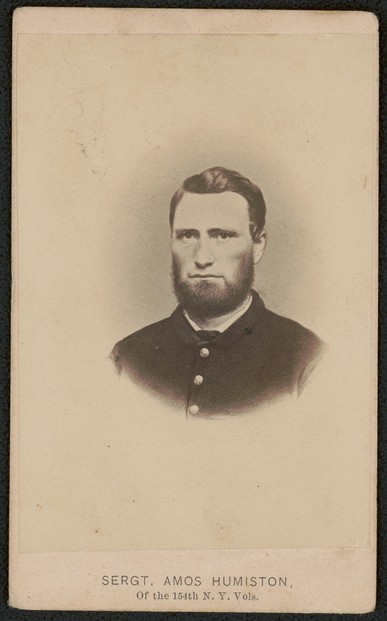
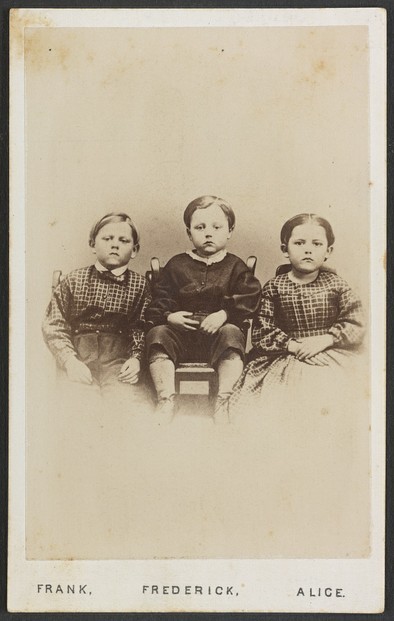
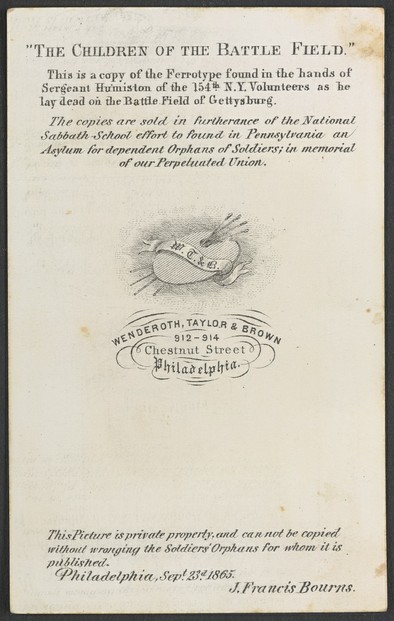
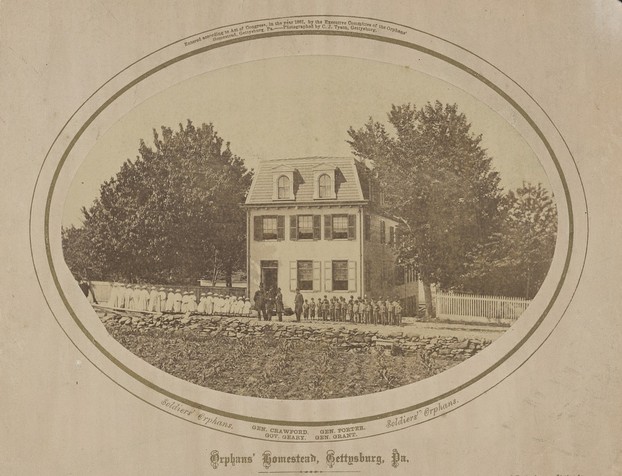
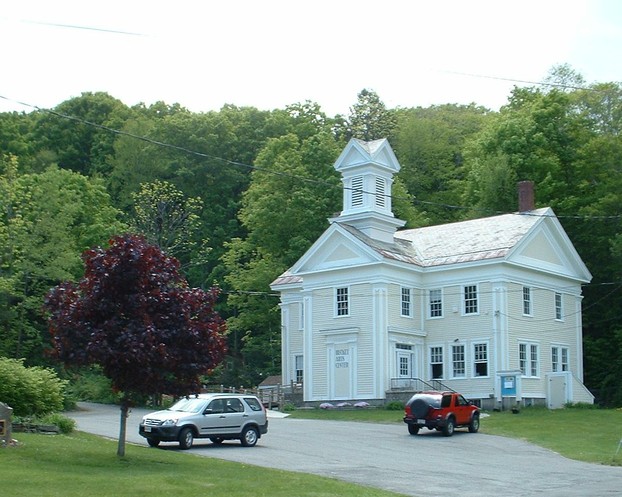
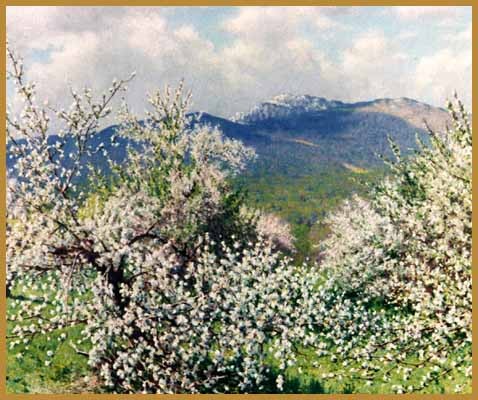
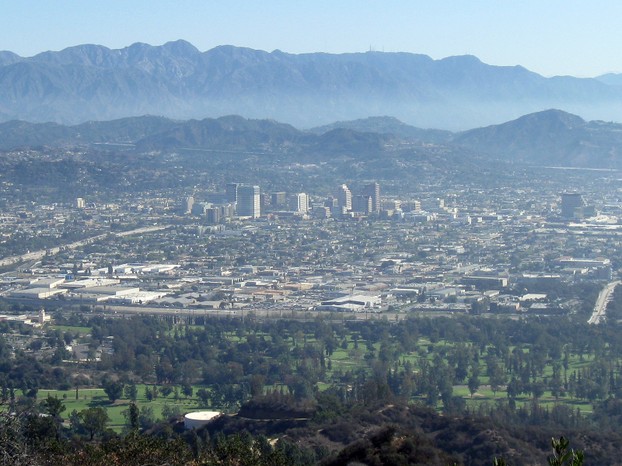
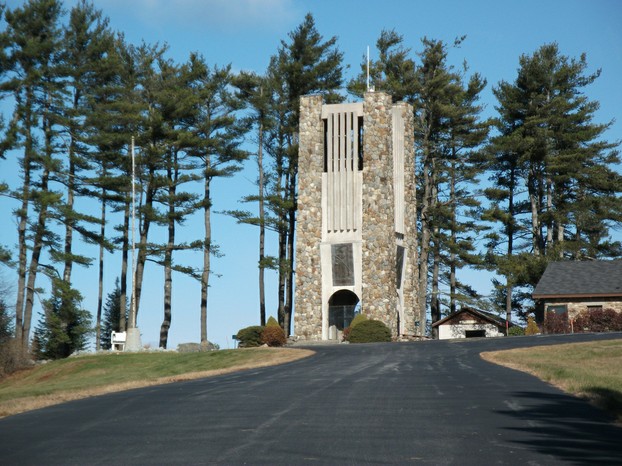
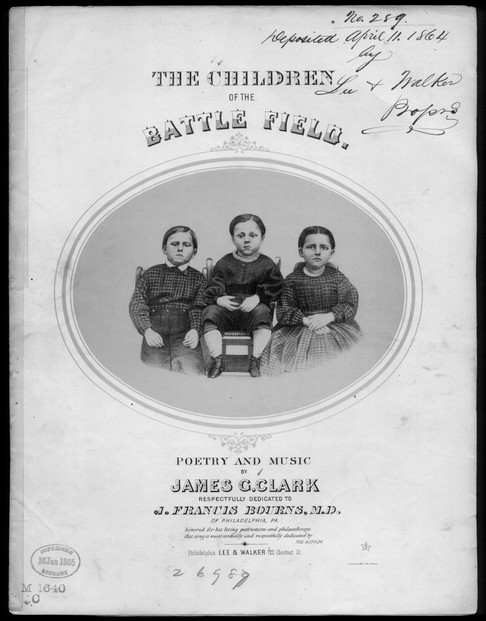



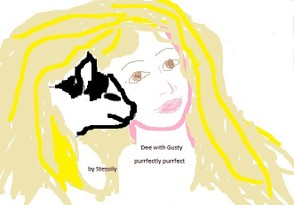
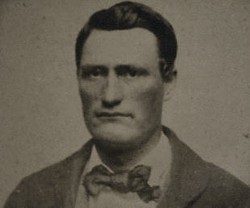

 Mailing Addresses for 2023 Form 4868 Extending 1040 and 1040SR April 15, 2024, Due Date7 days ago
Mailing Addresses for 2023 Form 4868 Extending 1040 and 1040SR April 15, 2024, Due Date7 days ago
 Mailing Addresses for 2023 Forms 1040 and 1040SR Filed in 20248 days ago
Mailing Addresses for 2023 Forms 1040 and 1040SR Filed in 20248 days ago
 Mailing Addresses for 2022 Form 4868 Extending 1040 and 1040SR April 18, 2023, Due Dateon 04/13/2023
Mailing Addresses for 2022 Form 4868 Extending 1040 and 1040SR April 18, 2023, Due Dateon 04/13/2023
 Mailing Addresses for 2022 Forms 1040 and 1040SR Filed in 2023on 04/13/2023
Mailing Addresses for 2022 Forms 1040 and 1040SR Filed in 2023on 04/13/2023


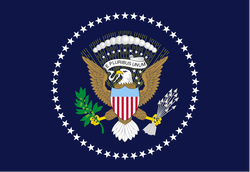
Comments
VioletteRose, Me, too, the story is sad and touching. In a way, though, they were lucky, because they found out what happened to their father and they were able to visit his grave, so they could achieve a certain degree of closure: many families in the Civil War, however, never knew what happened to their husbands/fathers/sons,etc., because they were listed as missing, presumed dead.
I have seen the photo of three children, but never knew the story behind. It is so sad and touching.